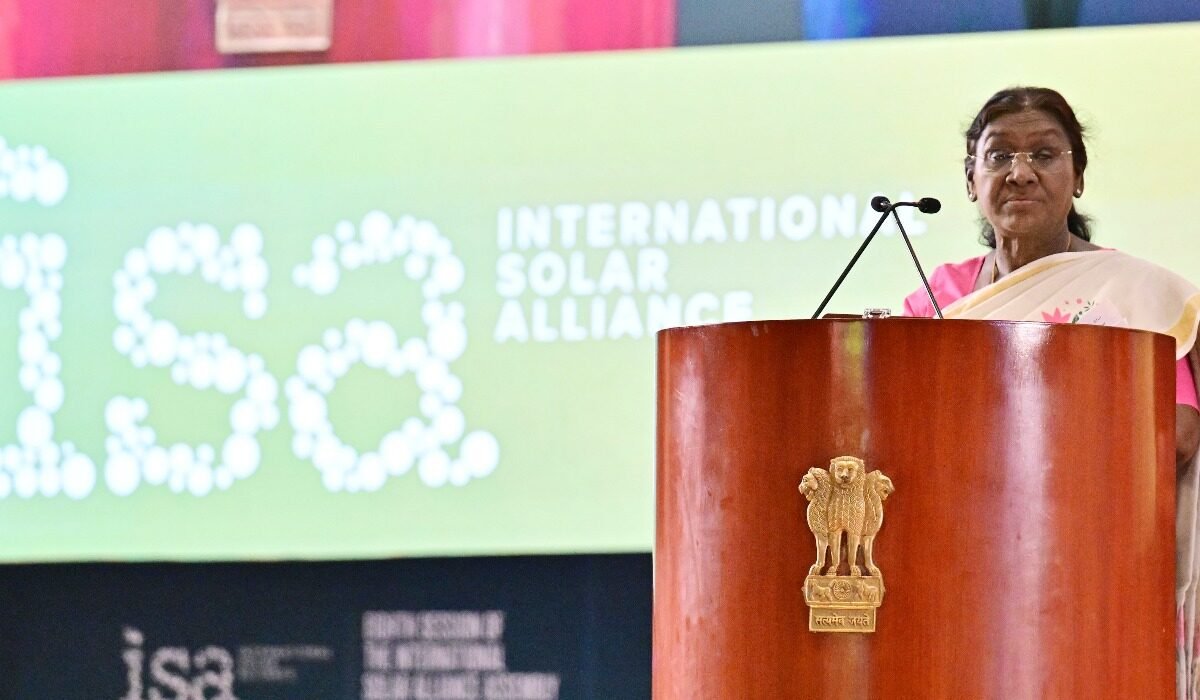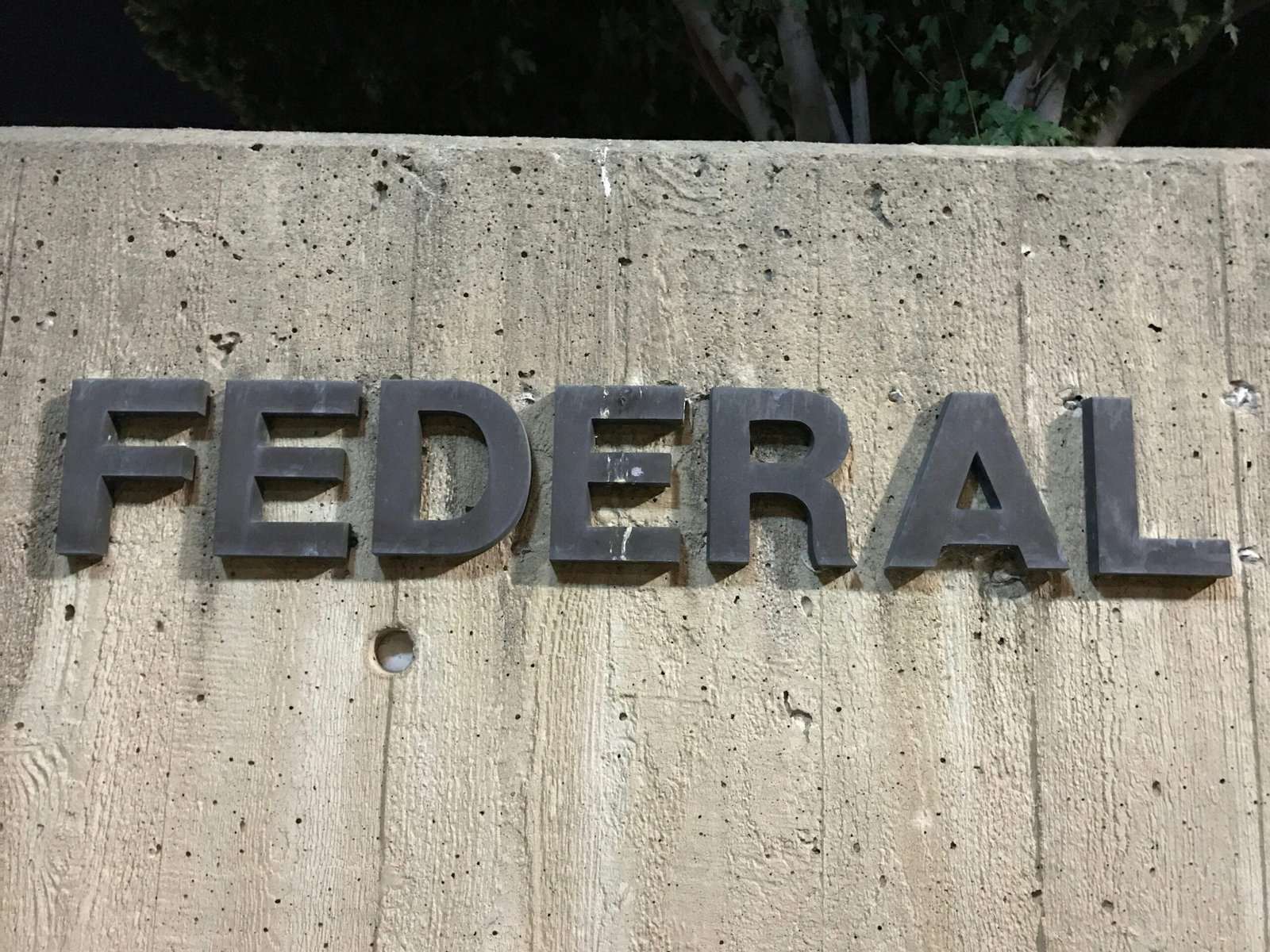Understanding the Current Political Climate
The current political climate in the United States is marked by significant tension and uncertainty, particularly as the nation grapples with a government shutdown that has now reached its 14th day. This shutdown stems from a failure in Congress to pass necessary funding legislation, largely due to partisan disputes surrounding health care, Medicaid funding, and spending priorities. With each passing day, the government shutdown deepens political gridlock, affecting various federal services and creating challenges for everyday citizens.
House Speaker Mike Johnson has defended efforts to restructure defense department funds, ensuring that active military personnel continue to receive their pay during this difficult period. However, many other agencies are facing prolonged furloughs, resulting in suspended services and mounting frustrations. As deadlines loom for critical operations, such as those related to federal courts and WIC funding, public pressure is mounting on Congress to reach a compromise. Despite this pressure, negotiations appear stalled, revealing a widening gap between the two parties.
In addition to the government shutdown, the political landscape is further complicated by ongoing international developments. For instance, President Trump has announced a ceasefire in Gaza, emphasizing the end of hostilities and the negotiation of hostage releases. Although this represents a significant breakthrough, unresolved issues such as hamas disarmament and Israel’s withdrawal strategy remain critical points of contention. Analysts suggest that while achieving the ceasefire was a diplomatic victory, sustaining it may prove more challenging.
As political unrest rumbles both domestically and internationally, the implications for the everyday lives of American citizens are profound. The fluctuations in government operations, accompanied by international tensions, create an environment of uncertainty that affects economic conditions and societal stability. Understanding these dynamics is essential for those seeking to navigate this complex political landscape.
Economic Impacts of Shutdowns and Ceasefires
The ongoing government shutdown deepens political gridlock, affecting various sectors of the economy. The U.S. federal government is now in its 14th day of shutdown after Congress failed to pass funding legislation, resulting in federal agencies limiting their operations. Public services, such as health care programs and welfare provisions, are greatly impacted, leading to a cascading effect on employment rates. Many federal employees are either furloughed or working without pay, which subsequently reduces consumer spending, a key driver of economic activity. Consequently, this can lead to a loss of public trust in government efficiency and a corresponding decline in overall economic sentiment.
Investor confidence is also under siege due to the looming deadlines for critical services. As the economic ripple effects of the shutdown manifest, market participants grow increasingly anxious about the possibility of further delays in restoring services. Inevitably, this uncertainty influences stock prices and business investment decisions, inducing volatility across various asset classes. Analysts have warned that a prolonged shutdown could translate into slower economic growth as government expenditures are frozen and uncertainty clouds the investment landscape.
On the international front, ceasefires like the one recently announced surrounding Gaza bear their own complexities in terms of economic implications. Although such agreements temporarily stabilize geopolitical tensions, they do not always guarantee long-term peace. Market reactions to ceasefires often reflect skepticism, as investors consider the risk of renewed hostilities. Furthermore, sustained ceasefires may encourage foreign investments; however, uncertainty can deter stakeholders looking for stability. Economic experts have noted that without addressing underlying issues—such as disarmament in conflicting regions—any economic benefits from ceasefires may ultimately prove fleeting.
In conclusion, the intersection of government actions, such as the current shutdown, and international agreements like ceasefires, underlines a crucial relationship whereby political decisions significantly influence economic realities. Sustained monitoring and proactive measures are essential to mitigate adverse effects and promote recovery in both domestic and global markets.
Public Sentiment and Social Dynamics
The ongoing government shutdown deepens political gridlock, compelling citizens to confront a landscape marked by uncertainty and frustration. As the U.S. federal government enters its 14th day without legislative resolution, public sentiment has been characterized by a mix of anxiety and resilience. Many individuals are grappling with the immediate implications of halted services and disrupted federal payouts, while simultaneously assessing the broader consequences of the prevailing political stalemate.
Social media has emerged as a crucial platform through which citizens voice their opinions and share experiences related to the shutdown. It serves both as a sounding board for grievances and a space for mobilizing communal responses. Various hashtags and trending topics reflect the discontent, and grassroots movements have begun to gain traction, calling for renewed dialogue and compromises among lawmakers. These movements resonate with a growing number of citizens who feel increasingly disenfranchised by the political polarization exhibited in Congress.
This environment of uncertainty and discontent has also sparked localized initiatives aimed at supporting those affected most by the shutdown. Community organizations and activists are stepping up efforts to provide resources, advocate for affected workers, and foster discussions about long-term solutions. The interplay between individual experiences and collective action underscores the potential for significant grassroots influence during this period of crisis.
The divided responses of the public illustrate a country that is both unified in its demand for resolution and fragmented by differing political ideologies. This dichotomy reveals the nuanced role of community solidarity or division in shaping the national dialogue. As the federal government stands at a crossroads, the sentiments expressed by citizens may very well influence whether breakthroughs or breakdowns ensue in the political arena.
Paths Forward: Optimism Amidst Uncertainty?
As the government shutdown deepens political gridlock, the U.S. faces an array of unprecedented challenges that have far-reaching implications for both governance and the economy. This prolonged impasse has highlighted the profound divisions within Congress, making it imperative to consider potential pathways that could lead to resolutions. Several leaders have begun to emerge as crucial figures capable of guiding the nation through this turbulence, emphasizing the importance of dialogue across party lines.
In the wake of the current political climate, collaborative initiatives have started gaining traction, promoting bipartisan solutions to the ongoing funding crisis. For instance, moderate lawmakers from both parties are advocating for temporary funding measures combined with negotiations to address key issues such as healthcare and Medicaid. These discussions could serve as a catalyst for broader compromises, easing the immediate pressure on federal agencies still grappling with furloughs and service suspensions due to the shutdown.
Furthermore, the economic ramifications of the shutdown cannot be overlooked. Various sectors are beginning to feel the strain, prompting calls for a more strategic economic recovery plan that addresses the unique challenges posed by the shutdown. Additionally, fostering a cohesive national identity is crucial. By inspiring civic participation through town halls, community forums, and civic education, citizens may play a more active role in the democratic process, ultimately contributing to a resilient and informed electorate.
Looking ahead, the confluence of leadership, strategic initiatives, and active public engagement indicates that pathways towards resolution may exist, even amid a hostile political landscape. In conclusion, while the immediate future may appear bleak, the potential for breakthroughs remains if stakeholders commit to constructive dialogue and prioritizing the common good. Through unity and collaboration, the nation can navigate the current uncertainties and work toward a brighter future.






